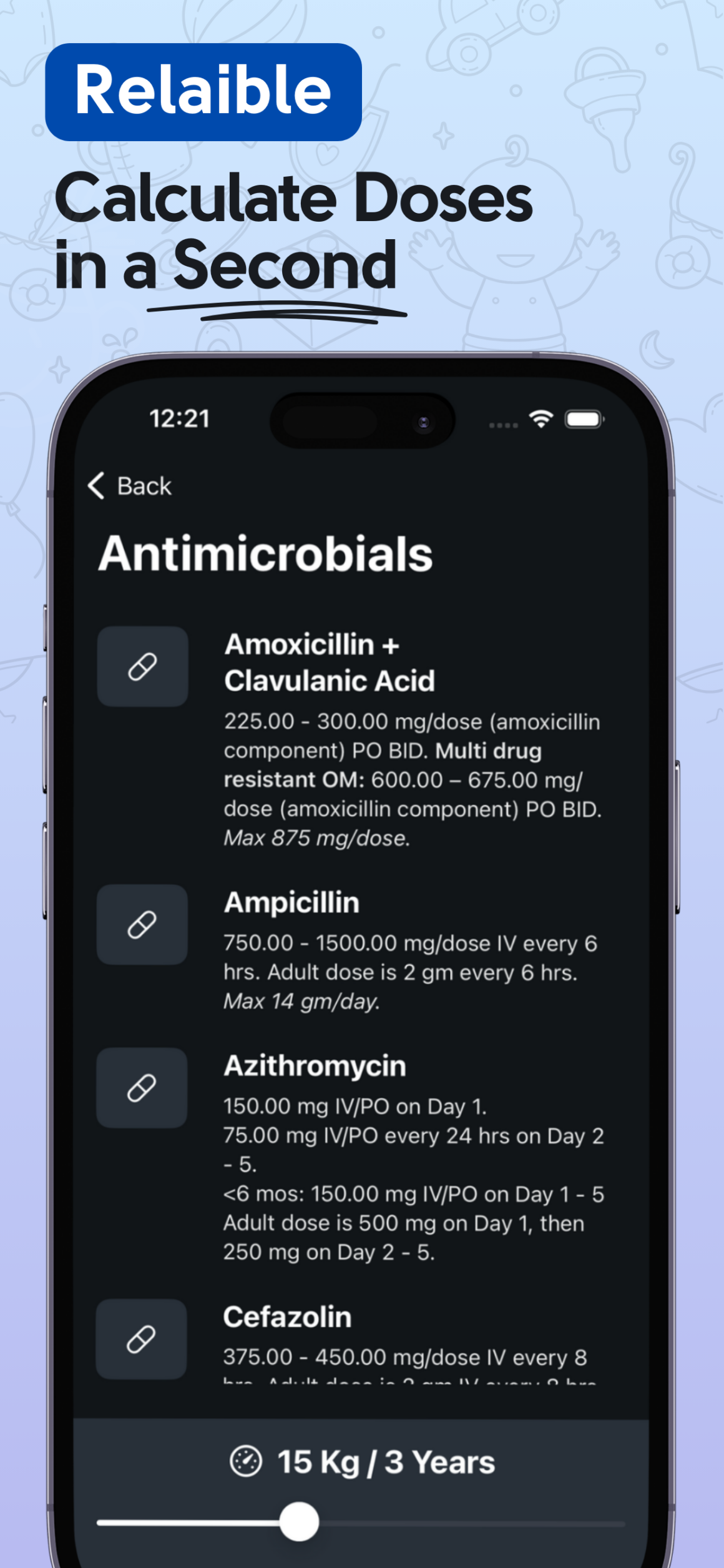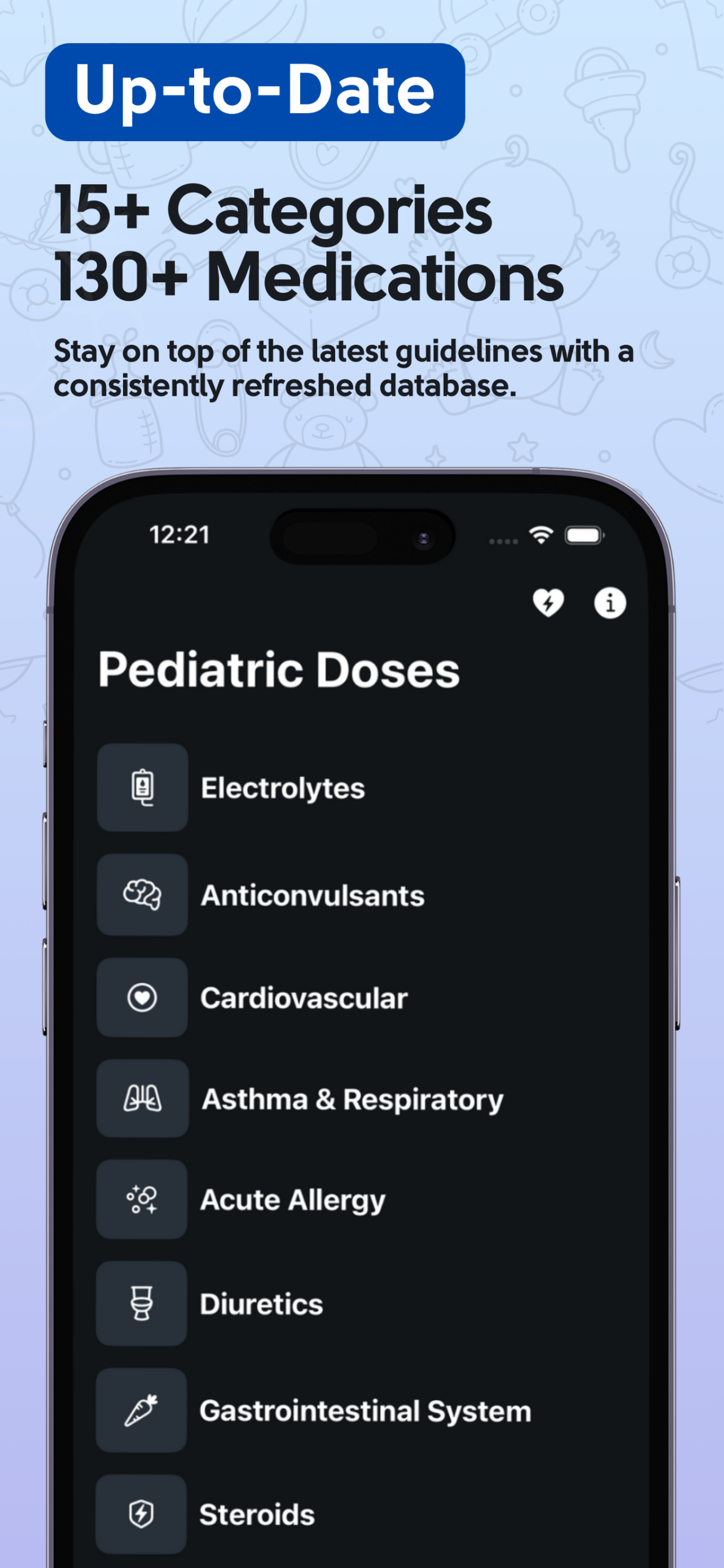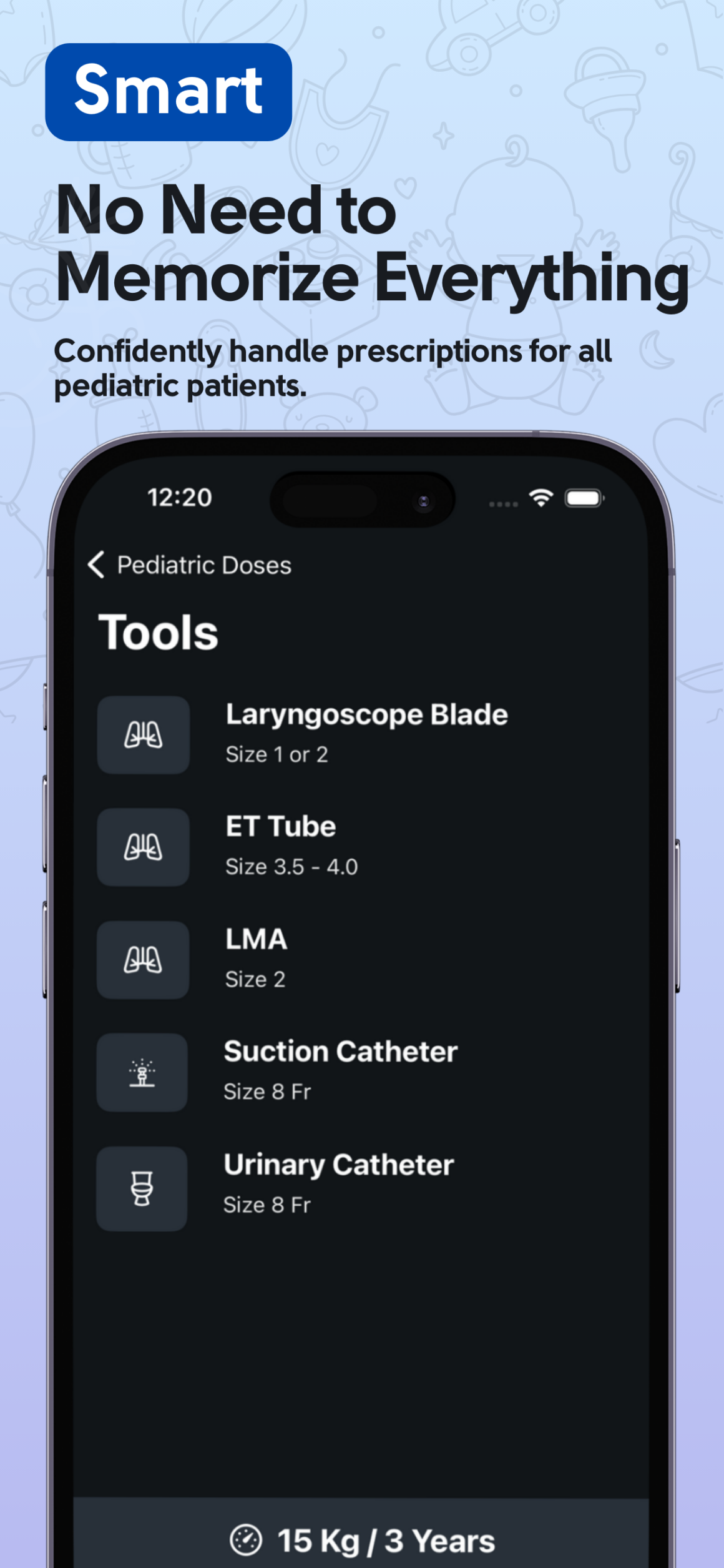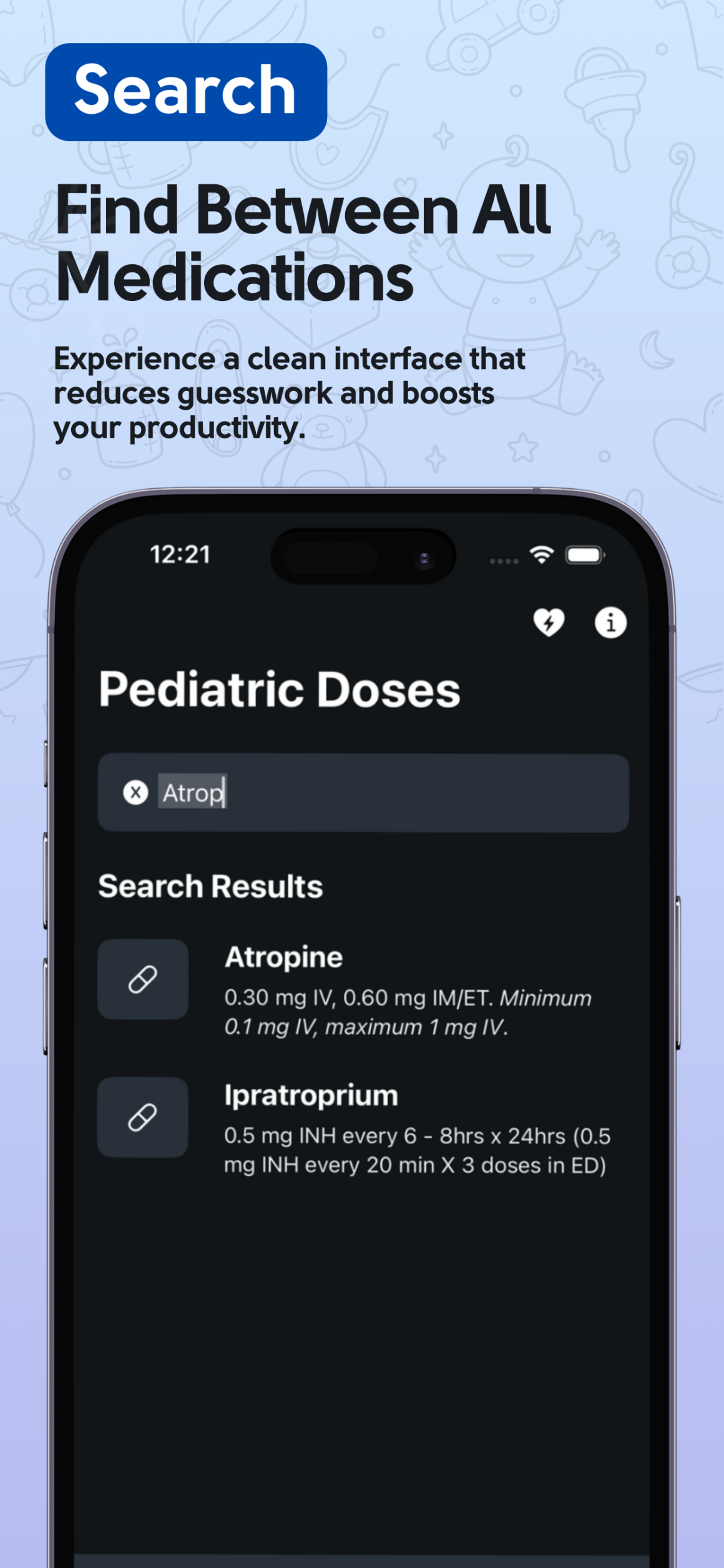How to Calculate Drug Dose for Children? A Comprehensive Guide
Accurately calculating drug doses for children is crucial in ensuring their safety and effectiveness during treatment. Children are not simply small adults; their bodies process medications differently due to size, metabolism, and organ function differences. To help healthcare providers and caregivers calculate safe and accurate doses for pediatric patients, our mobile app, Pediatric Doses, offers a simple yet reliable solution.
Why Calculating Drug Dosages for Children is Complex
Pediatric dosing is challenging for several reasons:
- Children’s body weights and surface areas vary widely. Unlike adults, children grow rapidly, making it essential to customize dosages.
- Developmental differences. Organs like the liver and kidneys are still maturing in children, affecting how drugs are metabolized and excreted.
- Narrow safety margins. Even slight errors in dosage can lead to under-treatment or dangerous side effects in young patients.
Given these complexities, it’s important to understand the various methods used to calculate drug doses for children.
Methods for Pediatric Drug Dose Calculation
There are three main methods used to calculate pediatric doses:
- Weight-Based Dosing (mg/kg): This is the most commonly used method. The prescribed dose is calculated based on the child’s weight in kilograms (kg). For example, if a medication’s recommended dose is 10 mg/kg, and the child weighs 15 kg, the correct dose would be 150 mg.
- Body Surface Area (BSA) Method: BSA is often used for more precise dosing, especially in medications like chemotherapy. BSA can be calculated using specific formulas or tools, but it typically provides a more accurate dose for drugs with narrow therapeutic windows. BSA-based dosing accounts for the child’s total surface area, which correlates better with their metabolic rate.
- Age-Based Dosing: While less precise than weight-based or BSA dosing, age-based dosing is still sometimes used in emergency or field situations when weight or BSA data are unavailable. This method offers a rough estimate of the dosage based on a child’s age.
Why Use the Pediatric Doses App?
Our mobile app, Pediatric Doses, is designed to assist healthcare providers and caregivers in quickly and accurately calculating drug doses for children. With the app, you can:
- Easily input a child’s weight or age to calculate the exact dose.
- Access a built-in BSA calculator to provide precise dosing for complex medications.
- Look up dosing guidelines for a wide range of pediatric medications, ensuring you are always up to date with the latest recommendations.
- Save calculations for quick reference during consultations or medical rounds.
Pediatric Doses provides an intuitive interface that helps minimize the risk of dosing errors, making it an indispensable tool for pediatricians, pharmacists, and emergency care providers.
How to Use Pediatric Doses for Accurate Drug Dosing
- Input Patient Information: Enter the child’s weight, age, or body surface area (depending on the method you choose).
- Select Medication: Choose from our comprehensive list of pediatric medications.
- Receive Dosage Recommendation: The app will instantly calculate the appropriate dose based on the inputted patient information and provide guidance on safe administration.
Benefits of Using Pediatric Doses
- Accuracy: The app eliminates the guesswork involved in manual calculations, reducing the risk of medication errors.
- Speed: Pediatric Doses provides instant dose recommendations, saving time during busy clinical workflows.
- Convenience: With Pediatric Doses, all your dosing information is accessible on your mobile device, even offline.
Conclusion
Calculating pediatric doses doesn’t have to be difficult or time-consuming. By using our app, Pediatric Doses, healthcare providers can ensure accurate and timely treatment, giving children the best chance at a quick and safe recovery.
Download Pediatric Doses today to make pediatric dosing simple, accurate, and accessible for all your patients.











